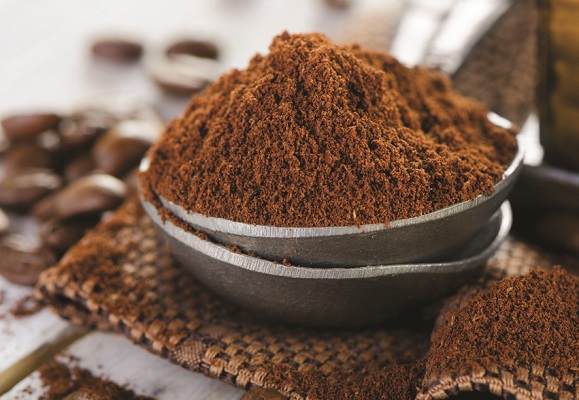Some home baristas go all out. They have coffee makers and grinders that cost hundreds of dollars, buy only the finest specialty beans, and labor over their pour-overs like they’re birthing a child. Other people just want to down a scalding hot cup of liquid caffeine in the morning. And somewhere in the middle, there are those of us who love to drink the kind of coffee offered by specialty cafes but don’t want to spend any more money or time than is strictly necessary to make such a beverage on our own.
To find out just how to get the best cup of coffee without straying too far from my lazy and stingy habits, mental_floss went to this year’s New York Coffee Festival and asked some of the city’s finest baristas and coffee experts what is really important when it comes to making your own coffee. Is it the temperature of the water? The brew time? The equipment?
“If you could only focus on and invest in one part of the coffee-making process,” we asked, “what would it be?” Yes, all the parts of the coffee-making process are technically intertwined, and if you use terrible-tasting water or let it brew too long or burn the coffee, it’ll taste bad, no matter what else you do. But what makes the biggest difference in making your coffee go from so-so to perfect?
According to most of the coffee experts, we spoke to, it’s all about that grind. “You want all the grounds to be the same size because you want the coffee to extract at the same rate,” says Chloe Langham, a coffee educator at Toby’s Estate Coffee Roasters in Brooklyn. If you’re using a blade grinder—the basic, cheap kind of grinder with two rotating blades—it’s going to churn out some pieces of coffee that are bigger than others, and that’s no good. “The large particles will under-extract and the smaller particles will over-extract,” she describes. The former will create sour notes in your cup, and the latter, bitter notes. “Your coffee will be all muddled.”
Good grinders can be expensive, but it’s worth it, according to every barista surveyed. Really, says Rachel Northrup of Ally Coffee, “Invest in a grinder.” She came to Ally with a background in agriculture, rather than in pulling shots of espresso, and she had to be forced into buying a good grinder by her colleagues at Ally. “It was the one upgrade I made,” she tells us. “It changed my life.”
Thea Heilbron, a longtime barista who now serves as the events director at New York’s Cafe Grumpy (which you may know from Girls) recommends a Cuisinart burr grinder like this $50 one for beginners. But she adds that you should never leave your beans in the grinder’s hopper, even if it looks like the perfect coffee storage space. Not only will the oils degrade the burr mill, but over time those oils will get rancid—and spread all over your fresh coffee. Unfortunately, this means that “rancid is what most people are used to.” No more!
If you’re really looking for that perfect cup, you should grind your coffee immediately before you brew it. “Once the coffee is ground, the aromatics start to disappear within 30 to 45 minutes,” explains Andrew Oberholzer, who roasts the coffee shop Joe’s specialty Top Shelf line. When asked if he would ever consider having a coffee shop grind his coffee, he looks a little scandalized, saying that it would be a last resort if he happened to be going away for the weekend to a place with only a drip coffee machine and no grinder. His tone of voice indicates that he does not go to those kinds of places. (continue reading)
